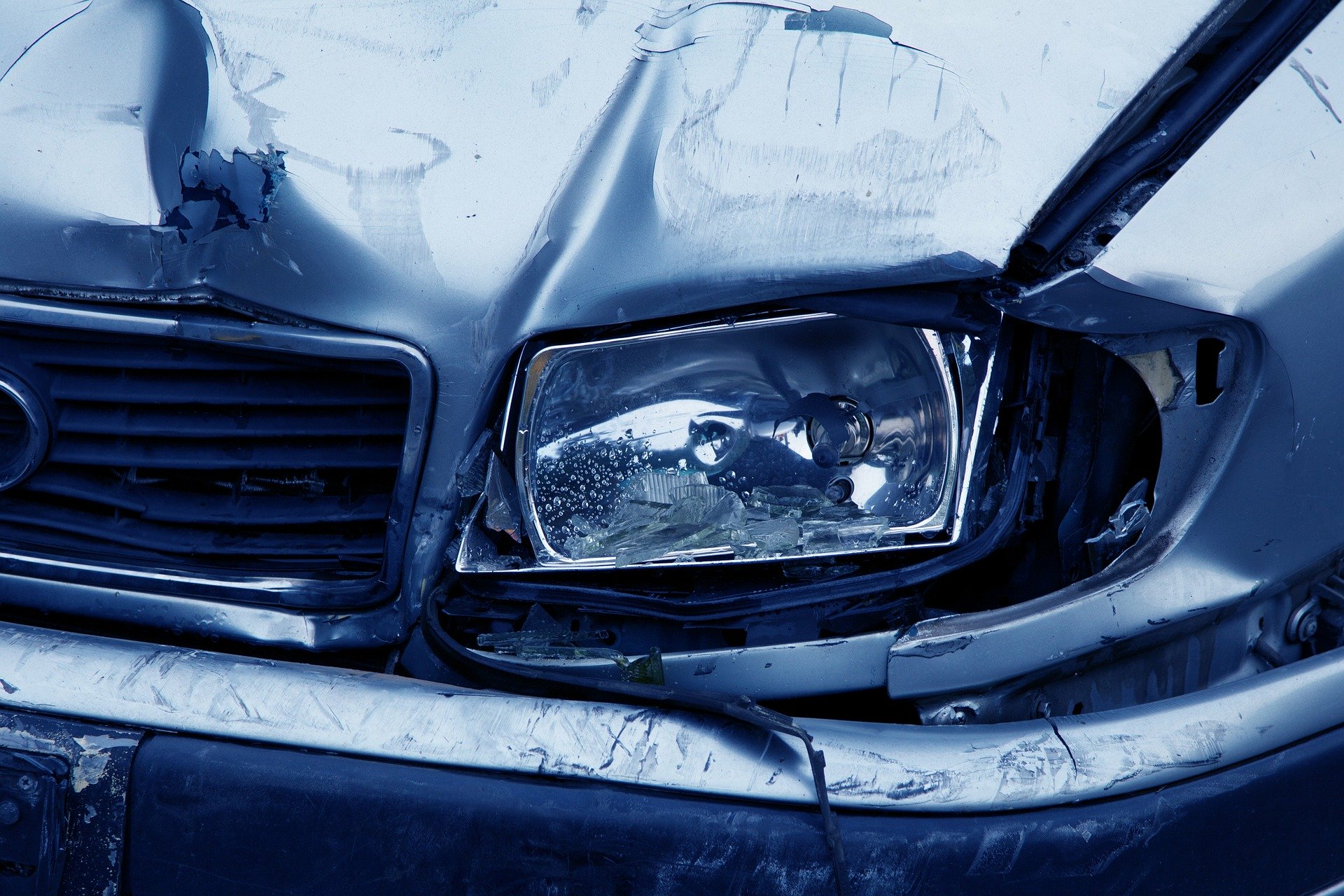
One of the top causes of car accidents and fatalities in Charlottesville, Virginia involves driving too fast. Failure of drivers to operate their vehicles within the speed limits and failure to adjust for weather conditions creates a hazard that often results in car crashes. Adjustments must be made for weather conditions, visibility, traffic conditions and roadway types such as hills or curves. The Virginia Commercial Driver’s Manual offers the following information regarding speed and stopping.
There are three things that add up to your total stopping distance:
Perception Distance + Reaction Distance + Braking Distance = Total Stopping Distance
Perception Distance is the distance your vehicle travels from the time your eyes see a hazard until your brain recognizes it. For most alert drivers, perception time is about 3/4 of a second. At 55 mph, you travel 60 feet in 3/4 second.
Reaction Distance is the distance traveled from the time your brain tells your foot to move from the accelerator until the time your foot pushes the brake pedal. An average driver reacts within 3/4 second. This adds an additional 60 feet to the distance traveled.
Brake Distance is the distance it takes the vehicle to stop once you hit the brakes. At 55 mph on dry pavement it takes a vehicle with good brakes about 2.5 seconds to stop. Within that time, the vehicle will travel another 192 feet.
Total stopping distance; traveling at 55 mph, it will take about 4 seconds to stop your vehicle. The vehicle will travel approximately 312 feet before coming to a stop. That is longer than the length of a football field.
Here are some helpful RULES OF THUMB to consider with regards to speed and stopping:
1. When you double your speed, i takes four times as much distance to stop your vehicle and your vehicle will have four times the destructive power in a crash.
2. You cannot steer or brake a vehicle without traction! Reduce your speed on wet and slippery roads.
3. Wet roads can double stopping distances. Reduce your speed by 1/3 on a wet road.
4. On packed snow, reduce your speed by 1/2 or more.
5. If the road is icy, reduce your speed to a crawl and stop driving as soon as you can.
6. If you are operating a large vehicle such as a truck, it will require a greater stopping distance. An empty truck also has less traction. Remember that brakes on a tractor trailer are designed to control the maximum weight of the unit; therefore, the brakes lock up more readily when the trailer is empty or lightly loaded. This can cause skidding and/ or loss of control.
Maintaining control of a vehicle is the number one priority of a driver and taking extra precaution when conditions call for it will aid you in safe driving. While getting to our destination quickly is a concern, getting there alive is more important.